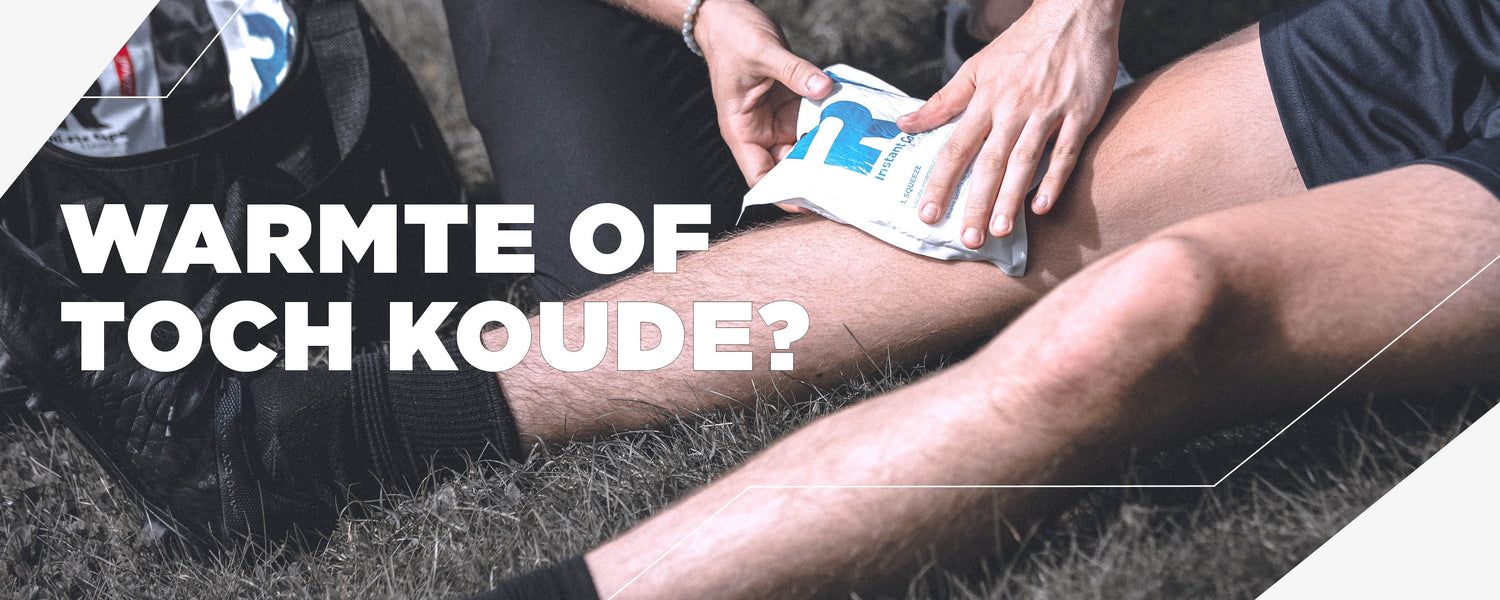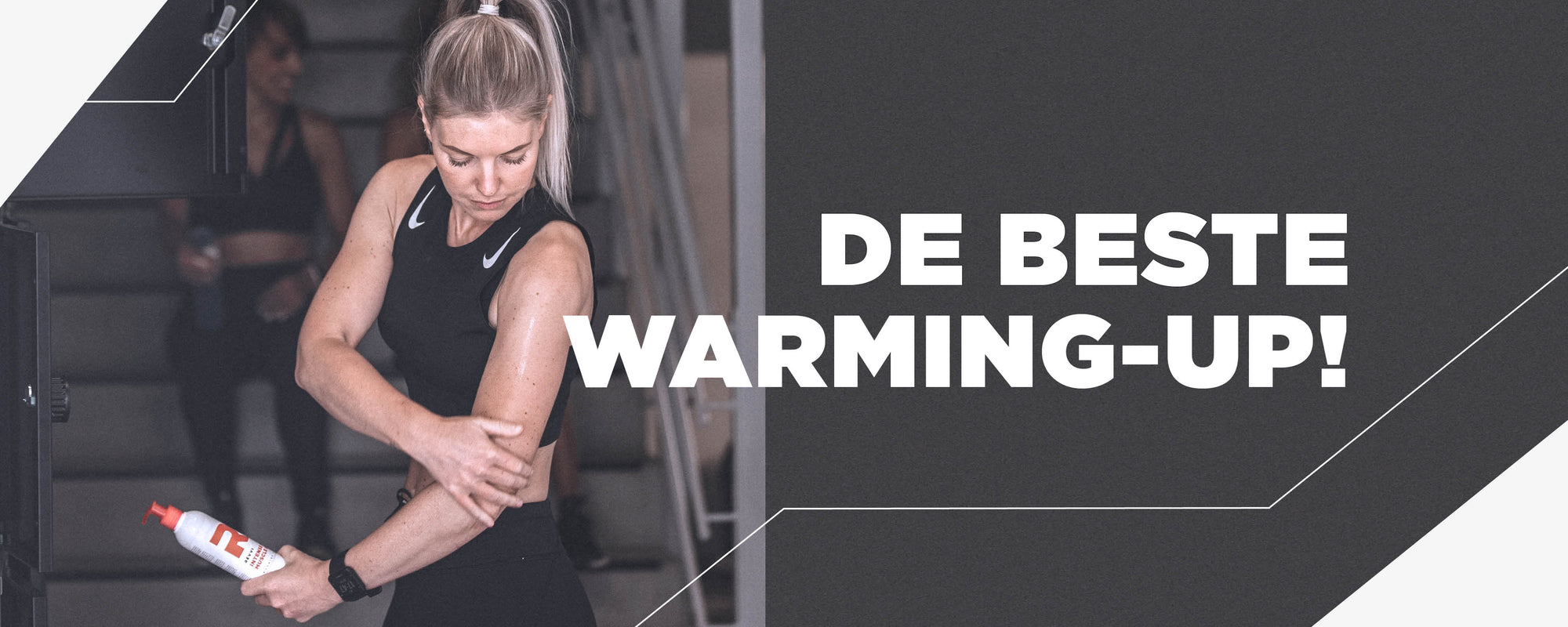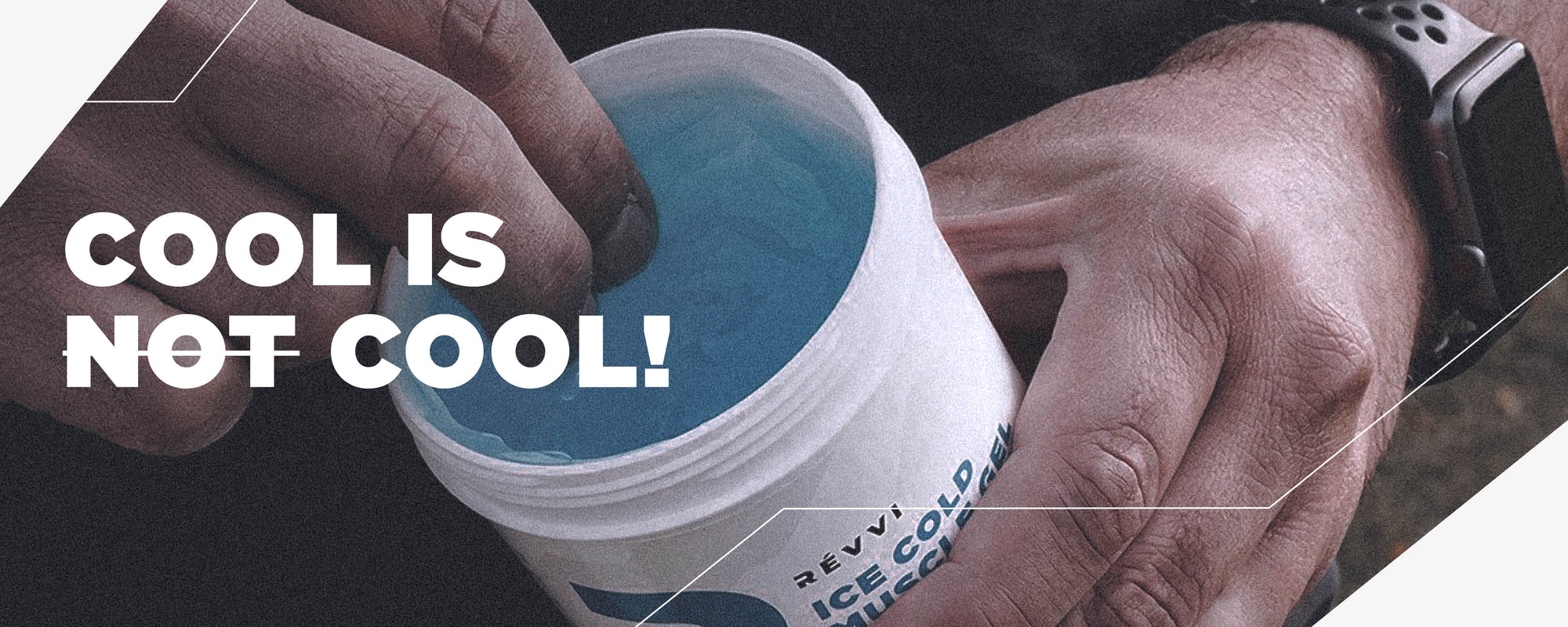You have probably experienced it before: an intensive sports session behind you and suddenly your calf, knee, shoulder or other body part is difficult. In that case you can go two ways. Or you opt for heat therapy. Or for cold therapy. It is important to treat your injury properly. But which temperature works for which injury?
hot vs. cold
Heat creates more space in the blood vessels.
The consequence? An increased blood flow. Oxygen and nutrients find their way through our body faster. This in turn ensures optimal flexibility and mobility of joints and muscles.
The other side of the story: Cold narrows dilated blood vessels and reduces blood transport. This will reduce pain and reduce swelling faster during the first 72 hours after the injury.
Heat therapy: do's and don'ts
Heated muscles bring some benefits.
Your muscle fibers relax, which reduces muscle tension. In other words: you become more flexible again. Due to a reduction in synovial fluid, the resistance in your joint zones decreases. Your pain subsides. Enough reasons to try heat therapy. But best only in the following three situations:
- in persistent joint pain and stiffness caused by arthritis in chronic conditions;
- from 72 hours after an injury (after the acute phase);
- before warming up during exercise.
It is better to opt for a different treatment in these cases:
- in the 72 hours after an injury (during the acute phase): in case of sprains, strains, knee injuries, fractures or dislocations;
- open wounds;
- if you have a problem with circulation.
Cold therapy: do's and don'ts
Cold treatment of an injury drastically reduces swelling, reducing pain in intensity. Chilled muscles and bloodstreams also work wonders for inflammation. Pain stimuli in the nerves are numbed in this way and cramps and muscle tensions are reduced.
Cold comes in handy with recent injuries such as:
- growing pains: caused by pressure due to difference in growth speed of muscles and joints;
- overload: by repeatedly performing (too) heavy actions with a certain movement;
- bruises: with a subcutaneous rupture of a blood vessel;
- sprains: by overstretching of ligaments.
In these cases it is best not to use cold therapy:
- treatment of chronic conditions;
- open wounds;
- before exercise: you increase the risk of muscle and/or tendon strains.
Hot and cold packs: two birds with one stone
At Révvi, we don't make it harder than it is!
Warm muscles and other body parts? Or just cool your muscles and let them recover?
Our multifunctional hot and cold packs are the perfect solution. They are reusable, comfortable and take the shape of your body. The high quality of the packs ensures a long service life. Cooling is done in the freezer, heating in the microwave or with warm water. Once the pack has reached your preferred temperature, you can continue for twenty to thirty minutes. Use a thin layer of fabric, such as a towel or piece of clothing, between your skin and the pack. Then you prevent the chance of new wounds!
Knowing more? Then consult the database on our website.



